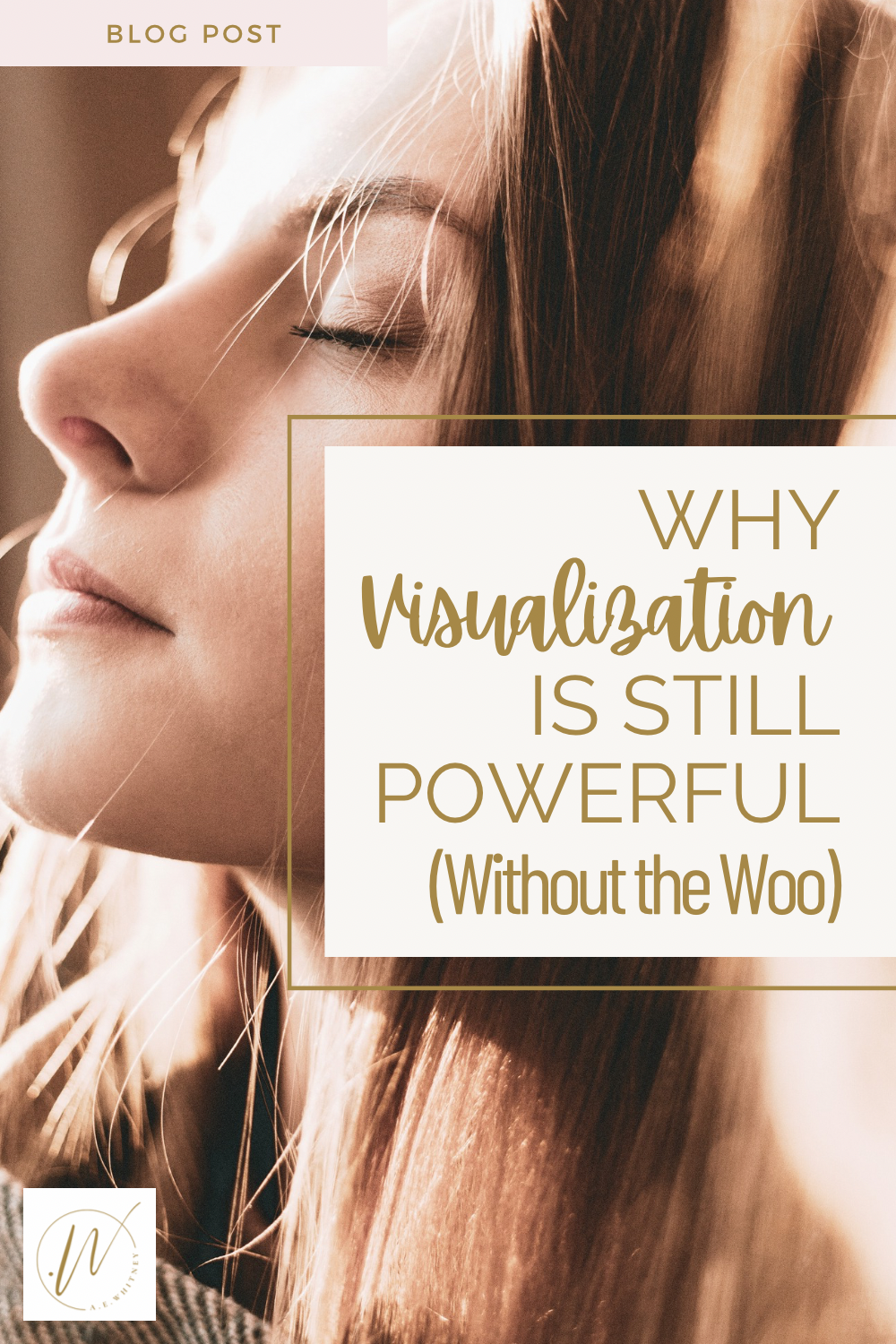Visualization has been hyped for decades as a manifestation trick — see it, believe it, receive it.
But here’s the truth: your brain doesn’t work like a cosmic vending machine and visualization doesn’t magically attract things to you.
What it does do is much more practical (and honestly, more powerful): it primes your brain to act, focus, and follow through.
The Science of Visualization
Neuroscience shows that mental rehearsal activates the same neural pathways as physical practice.
- Athletes use visualization to improve performance.
- Musicians mentally rehearse pieces to strengthen memory.
- Even medical students use it to prepare for surgeries.
Science says: Mental rehearsal strengthens motor and cognitive pathways in the brain.
When you visualize, your brain doesn’t always distinguish between imagined and real experience — so it lays down the wiring for future action.
Why “Manifestation Visualization” Backfires
The problem comes when visualization is only focused on the end result:
- The house.
- The job.
- The relationship.
This can actually trick your brain into a sense of false accomplishment. You feel good imagining it… but then you don’t act.
The Subconscious-Friendly Way to Visualize
Instead of picturing the end result, focus on the first step.
🔹 Don’t just imagine yourself giving a speech confidently. Imagine yourself opening your laptop, writing the first outline, and practicing in the mirror.
🔹 Don’t just imagine yourself with perfect health. Imagine yourself lacing up your shoes, pouring a glass of water, or cooking one nourishing meal.
This is called process visualization — and it’s far more effective.
Mini Practice: The 2-Minute First Step
- Pick one goal or desire.
- Close your eyes and imagine yourself doing the very first step. (Write the email, put on shoes, open the notebook.)
- Spend just 2 minutes seeing, hearing, and feeling yourself doing it.
- Then… actually do it.
Why This Works with the Subconscious
Your subconscious loves rhythm and safety. Big leaps feel threatening, but small rehearsed steps feel doable.
Visualization bridges the gap between “I want this” and “I’m capable of starting this.”
Science says: Mental imagery paired with micro-actions increases follow-through and habit formation.
The Spiral Perspective
Visualization isn’t about calling in the future.
It’s about rehearsing your next spiral turn.
Each time you picture yourself taking one step, you strengthen the path for real action. Over time, the spiral carries you closer — not because the universe delivered it, but because you rehearsed it into being.
The Takeaway
Visualization isn’t magic.
It’s mental rehearsal.
Use it to practice small steps, not just big dreams — and watch how your actions spiral forward.
_____
Continue Learning how visualization works with your mind— Read the next post: [Subconscious Programming Is the New Manifestation]
⚠️ Please Note: This content is for educational purposes only and should not be used as a substitute for therapy, medical advice, or legal support.


